Differential cellular stiffness contributes to tissue elongation on an expanding surface
Por um escritor misterioso
Last updated 29 maio 2024


Cellular segregation in cocultures is driven by differential adhesion and contractility on distinct timescales

Synthetic fibrous hydrogels as a platform to decipher cell–matrix mechanical interactions
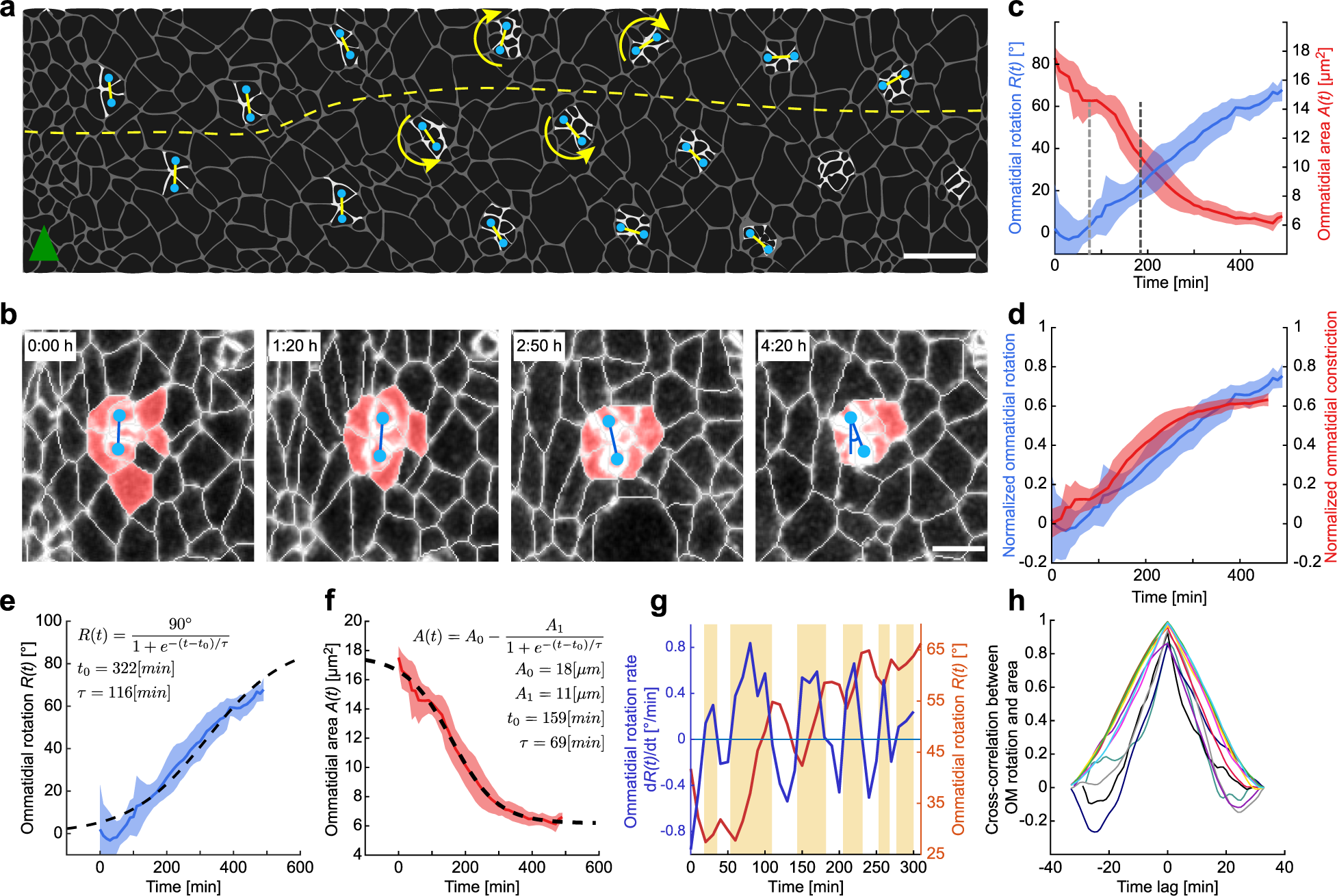
Tissue fluidity mediated by adherens junction dynamics promotes planar cell polarity-driven ommatidial rotation
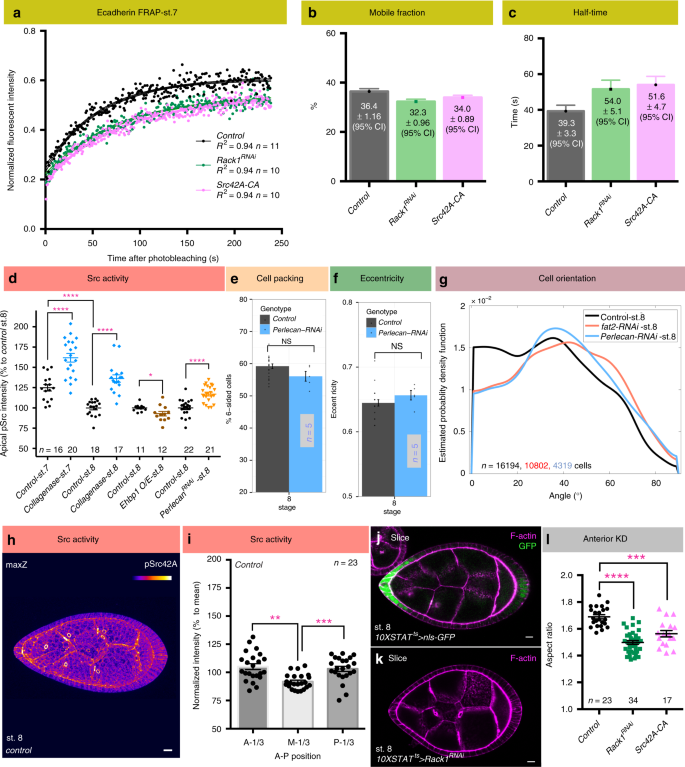
Extracellular matrix stiffness cues junctional remodeling for 3D tissue elongation

Buckling of an Epithelium Growing under Spherical Confinement - ScienceDirect

Expansin-mediated developmental and adaptive responses: A matter of cell wall biomechanics?, Quantitative Plant Biology

Biomechanics of cells and subcellular components: A comprehensive review of computational models and applications - Wang - 2021 - International Journal for Numerical Methods in Biomedical Engineering - Wiley Online Library

Mechanical Properties of Materials for Stem Cell Differentiation - Han - 2020 - Advanced Biosystems - Wiley Online Library

Stiffness Sensing by Cells
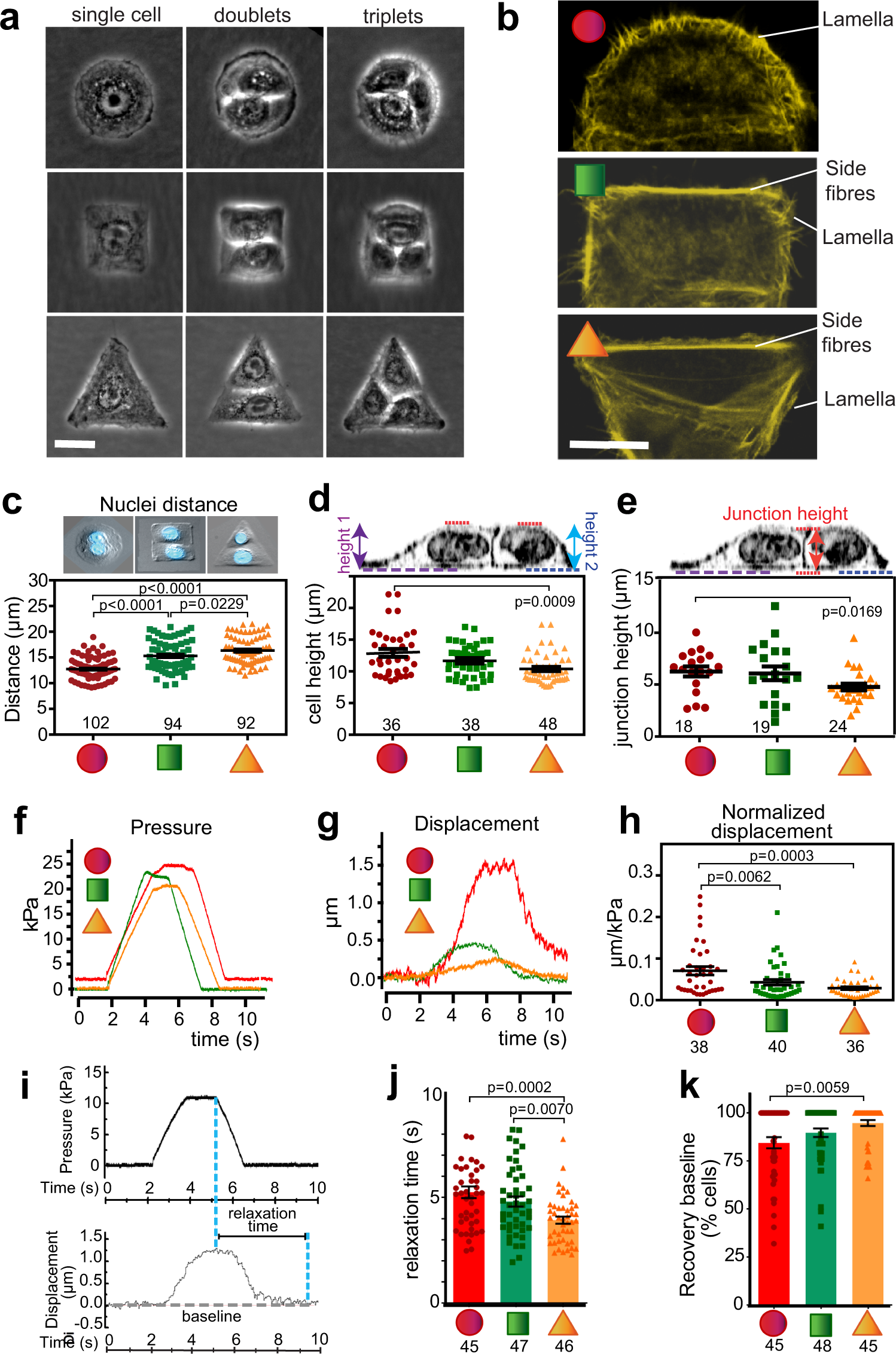
Intrinsic cell rheology drives junction maturation
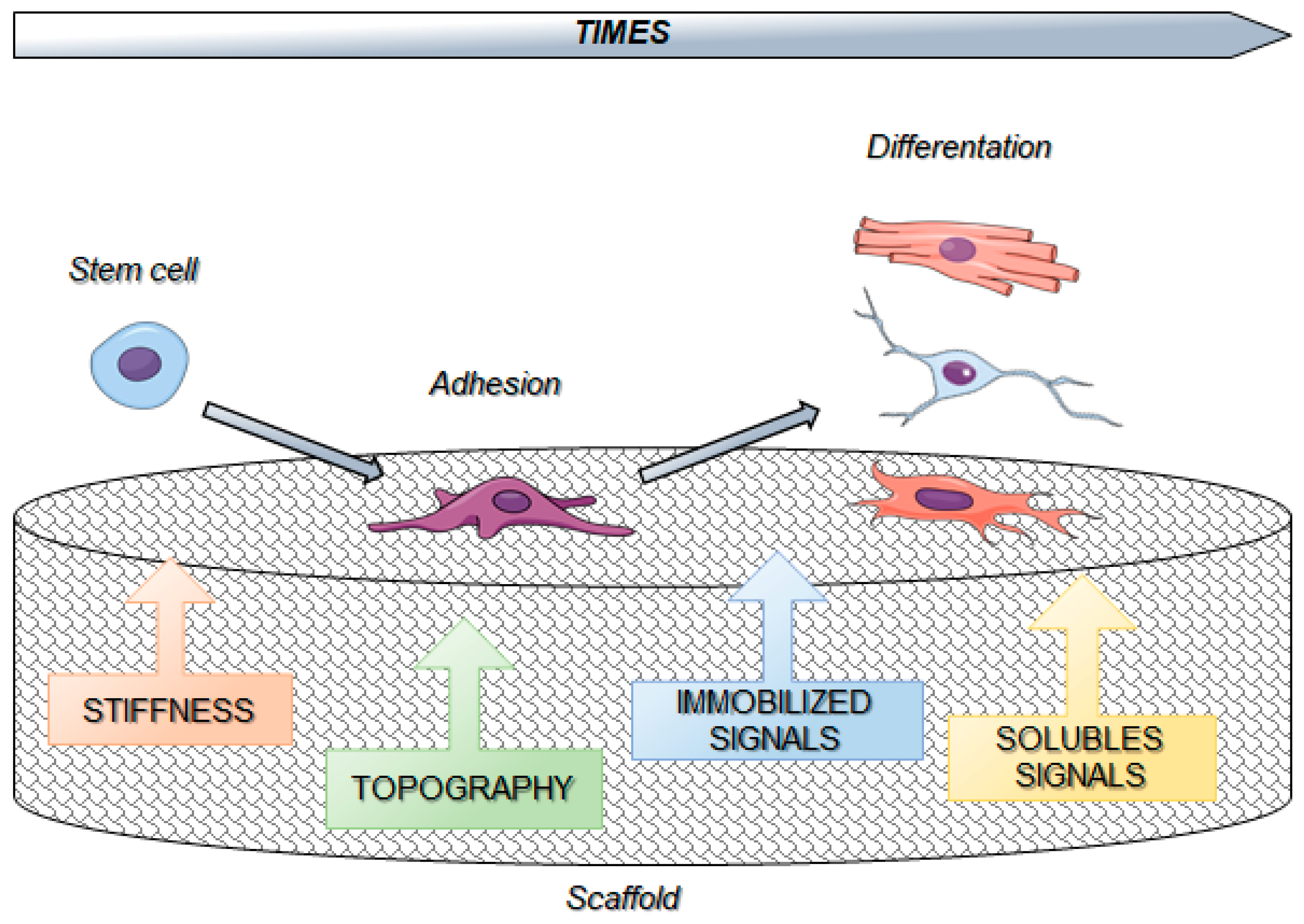
Cells, Free Full-Text

Macrophages modulate stiffness-related foreign body responses through plasma membrane deformation
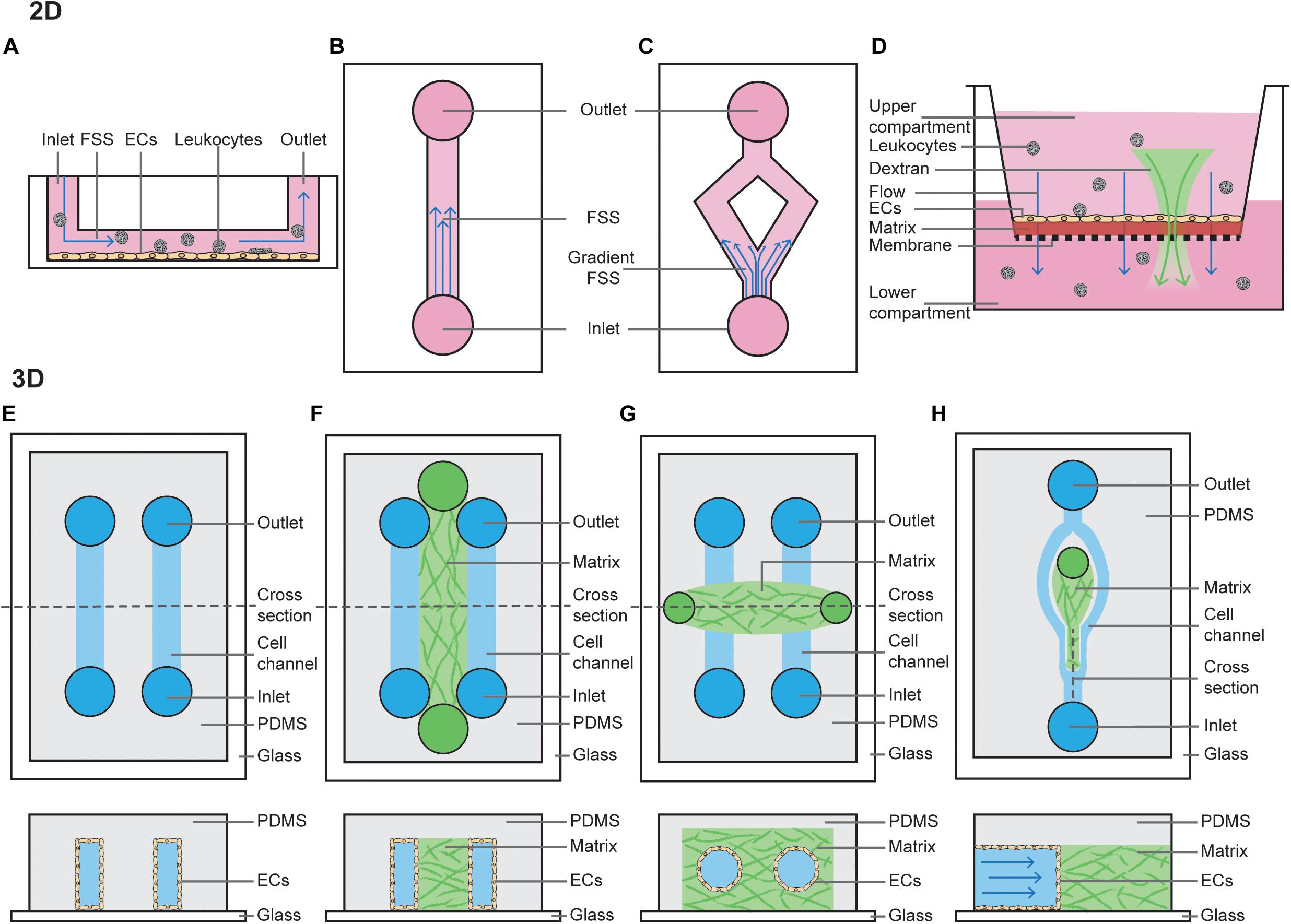
Frontiers The Importance of Mechanical Forces for in vitro Endothelial Cell Biology

Differential cellular stiffness contributes to tissue elongation on an expanding surface
Recomendado para você
-
 Kawaii Plushie Fruit Animal Toy Super Cute Squishy Squishi, Squish Mellow, And Mallow Pillow Plush Pillow Animals Dolls For Kids Perfect Christmas Gifts From Officialwholesale, $12.6729 maio 2024
Kawaii Plushie Fruit Animal Toy Super Cute Squishy Squishi, Squish Mellow, And Mallow Pillow Plush Pillow Animals Dolls For Kids Perfect Christmas Gifts From Officialwholesale, $12.6729 maio 2024 -
 Cartoon Decompression 3D Punky Animal Phone Case for Xiaomi Redmi 9T 9A 9C 9 8A 829 maio 2024
Cartoon Decompression 3D Punky Animal Phone Case for Xiaomi Redmi 9T 9A 9C 9 8A 829 maio 2024 -
 Making Squishy Circuits From COTS Playdough : 9 Steps (with Pictures) - Instructables29 maio 2024
Making Squishy Circuits From COTS Playdough : 9 Steps (with Pictures) - Instructables29 maio 2024 -
 Rii Mini Bluetooth Keyboard with Touchpad&QWERTY Keyboard, Backlit Portable Wireless Keyboard for Smartphones/ Laptop/PC/Tablets/Windows/Mac/TV/Xbox/PS3/Raspberry Pi .(i8+ Blue) : Electronics29 maio 2024
Rii Mini Bluetooth Keyboard with Touchpad&QWERTY Keyboard, Backlit Portable Wireless Keyboard for Smartphones/ Laptop/PC/Tablets/Windows/Mac/TV/Xbox/PS3/Raspberry Pi .(i8+ Blue) : Electronics29 maio 2024 -
 Big Chic Novelty Keycaps Gaming Accessories Mechanical Keyboard Keycap Personality Design Cartoon Cherry MX Axis Anim Keycap (Single R4 Keys (KIT 1) : Electronics29 maio 2024
Big Chic Novelty Keycaps Gaming Accessories Mechanical Keyboard Keycap Personality Design Cartoon Cherry MX Axis Anim Keycap (Single R4 Keys (KIT 1) : Electronics29 maio 2024 -
 Toy World Magazine July 2023 by TOYWORLD MAGAZINE - Issuu29 maio 2024
Toy World Magazine July 2023 by TOYWORLD MAGAZINE - Issuu29 maio 2024 -
 U Played29 maio 2024
U Played29 maio 2024 -
ASMR push pop it game unboxing 🐻✨ this fidget toy feels like you are29 maio 2024
-
 Pin on fun masks29 maio 2024
Pin on fun masks29 maio 2024 -
 Stream Moneybagg Yo feat. Lil Baby - U Played (Jessie Murph cover; Djons prod. remix) by Djons prod.29 maio 2024
Stream Moneybagg Yo feat. Lil Baby - U Played (Jessie Murph cover; Djons prod. remix) by Djons prod.29 maio 2024
você pode gostar
-
 ARK: Dinosaur Discovery Adds New Map In Latest Update29 maio 2024
ARK: Dinosaur Discovery Adds New Map In Latest Update29 maio 2024 -
 Illinois Hosts “Fighting Illini, Fighting Waste” Game at State Farm Center - University of Illinois Athletics29 maio 2024
Illinois Hosts “Fighting Illini, Fighting Waste” Game at State Farm Center - University of Illinois Athletics29 maio 2024 -
 Kami-tachi ni Hirowareta Otoko(By The Grace Of Gods) Anime29 maio 2024
Kami-tachi ni Hirowareta Otoko(By The Grace Of Gods) Anime29 maio 2024 -
 Danubio x Sport no Centenário. Após 62 anos a cancha recebe um pernambucano – Blog de Esportes29 maio 2024
Danubio x Sport no Centenário. Após 62 anos a cancha recebe um pernambucano – Blog de Esportes29 maio 2024 -
 Vampire: The Masquerade – Bloodlines - Wikidata29 maio 2024
Vampire: The Masquerade – Bloodlines - Wikidata29 maio 2024 -
Assistir Jigokuraku (Hell's Paradise) Dublado - Episódio 001 Online em HD - AnimesROLL on Vimeo29 maio 2024
-
 Hasbro Life game of Adventures Card Game Instructions29 maio 2024
Hasbro Life game of Adventures Card Game Instructions29 maio 2024 -
 Looks like my Soc Club ccount got deleted now I CANNOT play GTA V29 maio 2024
Looks like my Soc Club ccount got deleted now I CANNOT play GTA V29 maio 2024 -
 Silhouettes Of Two Sitting Cats Looking At Red Heart Pets Love29 maio 2024
Silhouettes Of Two Sitting Cats Looking At Red Heart Pets Love29 maio 2024 -
 Vetor De Fundo Abstrato De Xadrez De Xadrez Royalty Free SVG, Cliparts, Vetores, e Ilustrações Stock. Image 2377453429 maio 2024
Vetor De Fundo Abstrato De Xadrez De Xadrez Royalty Free SVG, Cliparts, Vetores, e Ilustrações Stock. Image 2377453429 maio 2024
